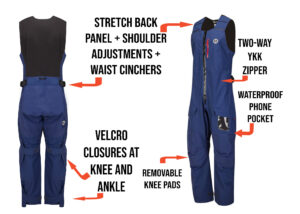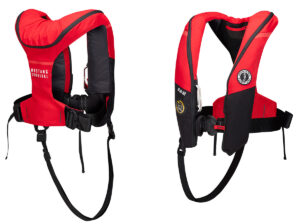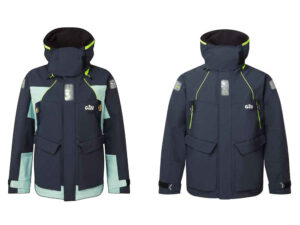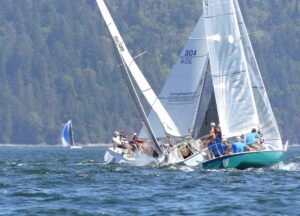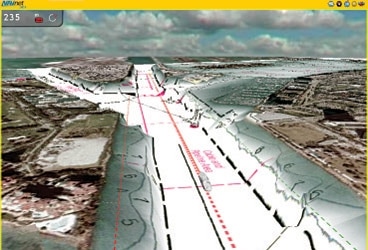
Furuno3D368
The place to be for electronics writers was last fall’s Fort Lauderdale International Boat Show, where manufacturers roll out or preview new products for 2008. We found more than a few items of interest to racers, including some of the coolest navigation systems yet produced for recreational boaters.
Furuno’s NavNet 3D created the greatest buzz at the Lauderdale show. This Ethernet-based navigation software and hardware system, the face of which is a Multi Function Display combined with software from Furuno partner MaxSea, one of the icons of digital navigation. The result is the closest thing to seamless navigation (long promised, but never quite realized by any navigation software or hardware manufacturer) that we’ve ever seen. A powerful processor is part of the equation, as is plenty of RAM (MFDs are more than displays, they’re computers, and as such, benefit from fast processors and lots of memory), but the main reason NavNet 3D is so cool is that it also boasts a graphics processor. As any computer game aficionado can attest, smooth, realistic graphics come only with a top-shelf graphics card. The same holds true for digital charting, especially with the amount of information now available to today’s navigator.
To see a demo of Navnet 3D, go to www.navnet.com. Panning, zooming, adding radar overlays, and even three-dimensional imaging are all instantaneous, with none of the pauses for redrawing we’re all so used to. The 3-D aspect of NavNet is the most visually appealing and useful 3D we’ve seen. Whether you’re using raster or vector charting, or Furuno’s new satellite PhotoFusion (which have Google Earth-quality imagery), the 3D looks great, and while old-school navigators might not think it’s all that useful, many others, including those new to navigating, will embrace its ease of use.
The combination of Japanese and American engineering and French software development has resulted in one of the most capable, user-friendly navigation systems ever offered to the civilian market. NavNet 3D will be available in the Spring of 2008.
When working with the best race committees, the ones who keep in touch over VHF, it’s important to be able to hear what they’re saying. Crouching over the fixed-mount VHF, or fumbling with a handheld can be problematic on a busy raceboat, especially in the final few moments before a start. That’s why we particularly like the latest idea from Standard Horizon, a wireless headphone/microphone. Using the short-range, wireless communications protocol Bluetooth, Standard Horizon’s new system works the same way as the ubiquitous cellphone headsets that have become popular in the last few years.
Before you run right out and order one, a caveat or two; the headset is designed to resist the odd bit of spray and random raindrops, but isn’t totally waterproof. The range is about 30 feet, so it won’t be bowman kit for boats over that size. A nice feature is that the headset can be either Push To transmit (PTT) or voice operated (VOX), and the volume can be adjusted on the headset. With this first iteration, there’s no capacity for changing channels or activating the squelch feature. $149.99, www.standardhorizon.com
We also took a look at WxWorx’s new XM Radio XM WX Satellite Weather Receiver, a modular system which, depending on which modules you add, will be able to communicate with MFDs, chartplotters, and other displays via Bluetooth, Ethernet, USB, or RS-232. A DC power plug is included, and an AC plug is an available option. All these new features gives the XM WX receiver more capabilities, including the option of using a receiver on the boat during the summer months, then at home in the off season.
Our test unit took only about an hour to set up even with my four-year-old Toshiba Satellite laptop (Pentium IV), I was quickly downloading live weather information from the entire United States, with zooming abilities down to street level. Fronts, radar, satellite, wave height forecasts, sea surface temperatures, surface windspeed and direction, buoy data, lightning strikes, weather warnings, and more, were all on the screen, and I had the ability to toggle on and off whatever I wanted to see. This is a great addition to any home or boat-based system, especially with the ability to transfer the unit between the two locations. The Weather Receiver WxWorx on Water kit, which includes the base receiver, USB interface module, digital marine antenna, WxWorx on Water software, and mounting hardware lists for $999.98, and a monthly subscription for the Sailor Package is $29.99. www.wxworx.com

